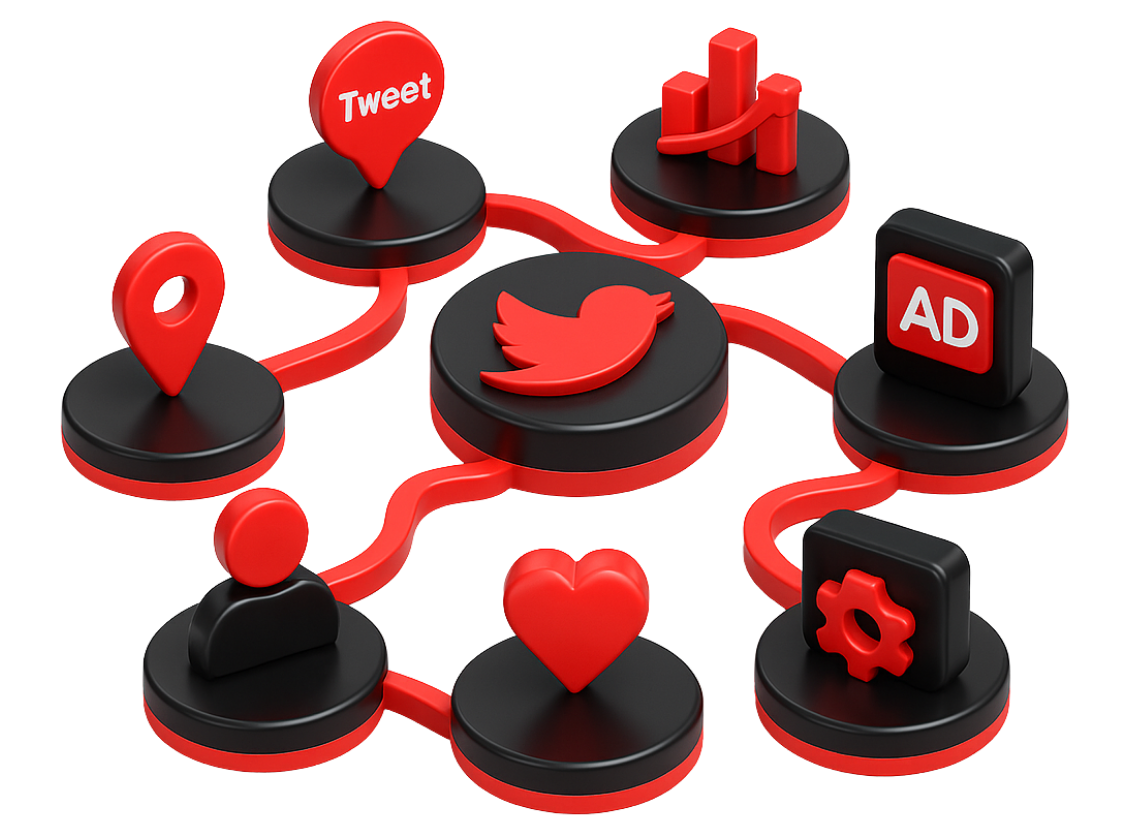Twitter Marketing Services
Twitter marketing is the strategic use of Twitter to promote brands, engage with audiences, and drive business growth. It involves leveraging organic content, paid advertising, hashtags, trends, and influencer collaborations to boost visibility and customer interaction. Businesses use Twitter marketing to share updates, run promotions, provide customer support, and participate in industry conversations. By implementing data-driven strategies and monitoring key performance metrics, brands can optimize their presence, enhance engagement, and achieve their marketing goals effectively.













